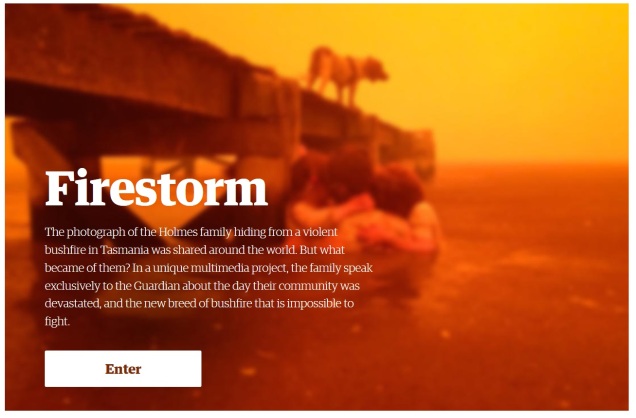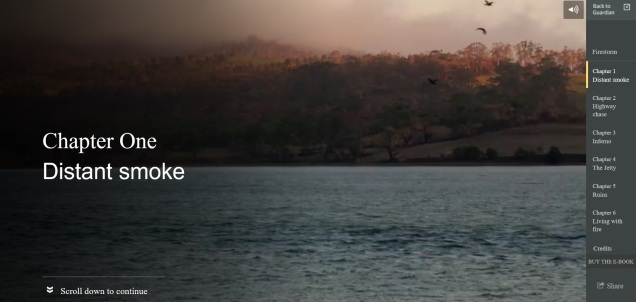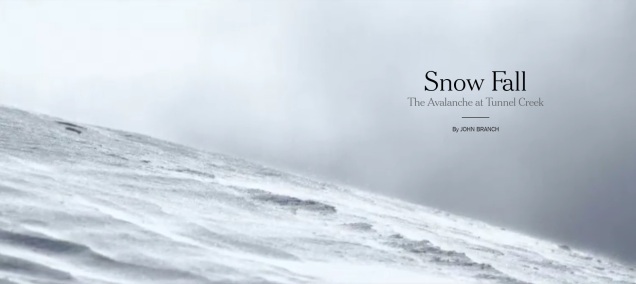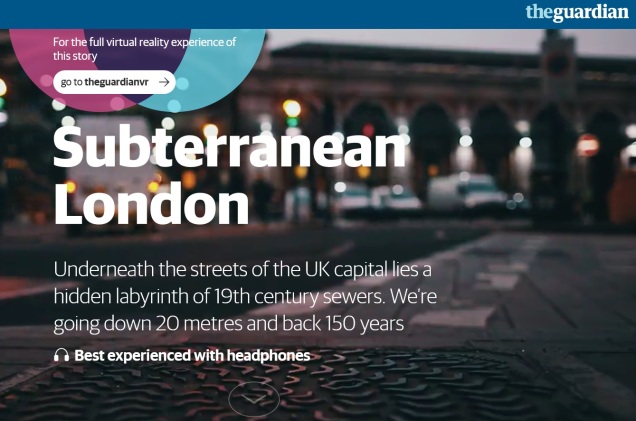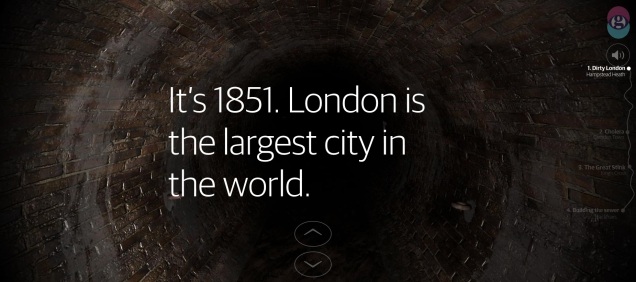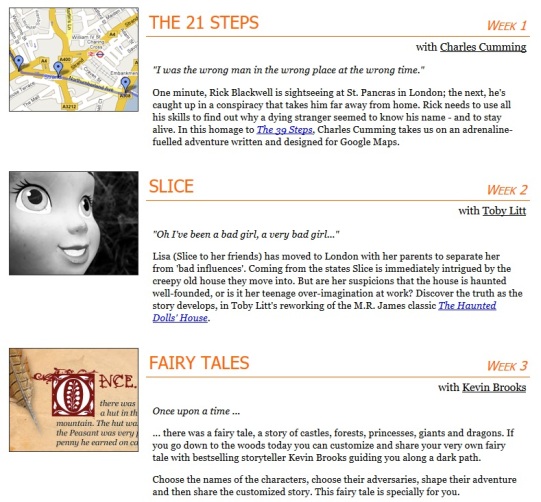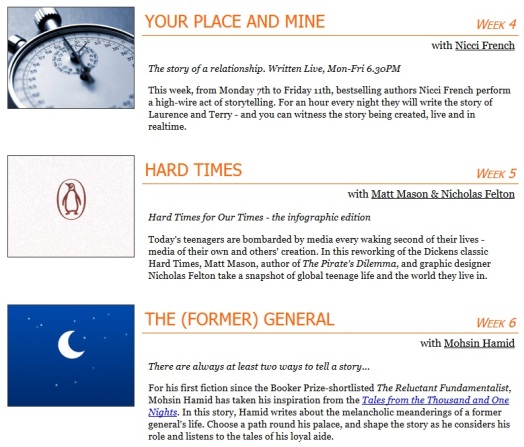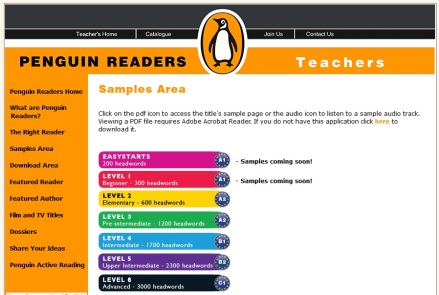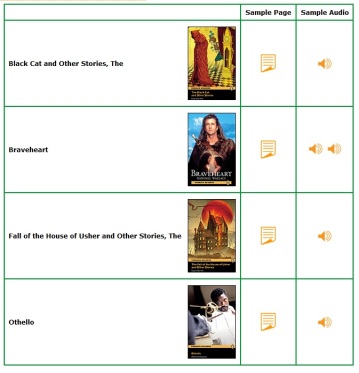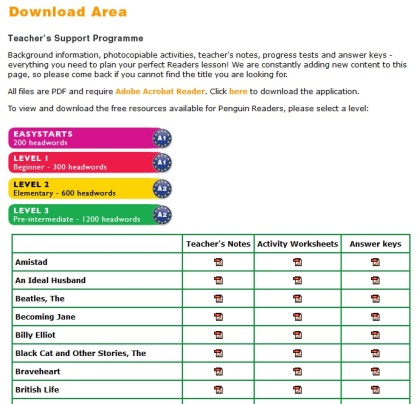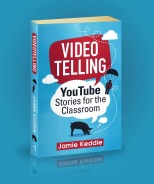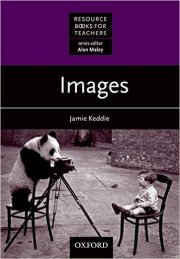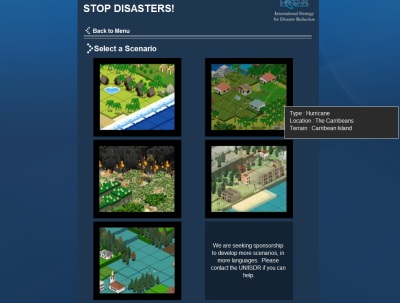The BBC’s Word of Mouth is one of my favourite radio shows. While listening to a recent episode, Emoji: The Future of Language, it was reported that UK adults now spend on average more than 20 hours a week online!1. One of the reasons for this is the use of apps in digital communication which has also led to more and more people using emojis. In 2015 an emoji, ‘Face with Tears of Joy’ was the Oxford Dictionaries Word of the Year (even though it’s actually a pictograph).

Emojis are a fun way for people to express emotion and empathy in online interaction. Have you ever used emojis in class? I haven’t yet but it got me thinking as my students (adults, teens and kids) are likely to be using them every day.
Vyvan Evans highlightss that when we communicate we often use speech prosody to better transmit what we want to say; this includes intonation, tone, stress and rhythm to indicate sarcasm, irony, to show contrast and emphasize among many other things. To compensate for the lack of this paralanguage in written communication we tend to use emojis which add ‘personality’ to our messages. Vyv also mentions research that suggests the use of emojis in the digital age makes us more effective communicators.

I found a good idea for the use of emojis in the classroom from Tim at freeennlgishlessonplans.com. He posted a lesson plan after attending a conference by Lindsay Clandfield. I think it could be easily adapted for many different classes.
A final, interesting finding was the use of emojis in different countries; Canadians use the 💩emoji most, French 💕 emojis (four times more than anyone else!), Arabic users more 🌺 emojis, and Brits…. 🍺!
1. Ofcom Adults’ media use and attitudes report 2016.
Emojipedia – The emoji search engine. A fast emoji search experience with options to browse every emoji by name, category, or platform.
